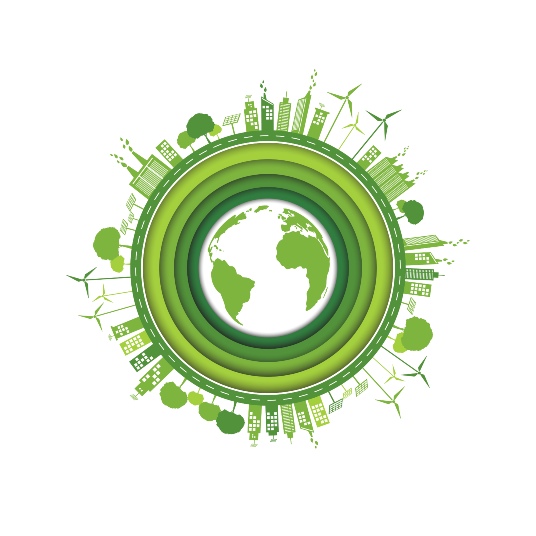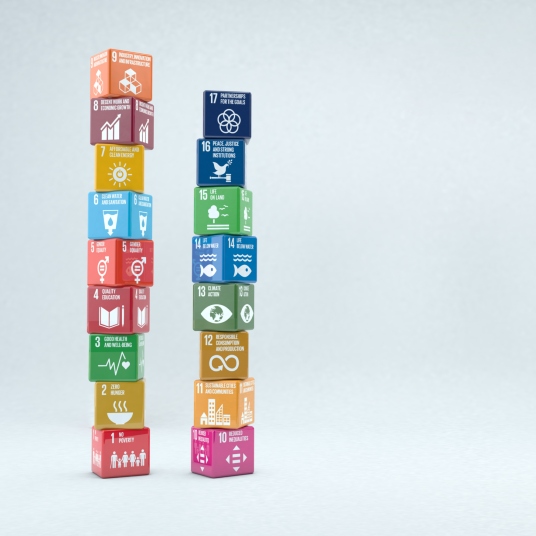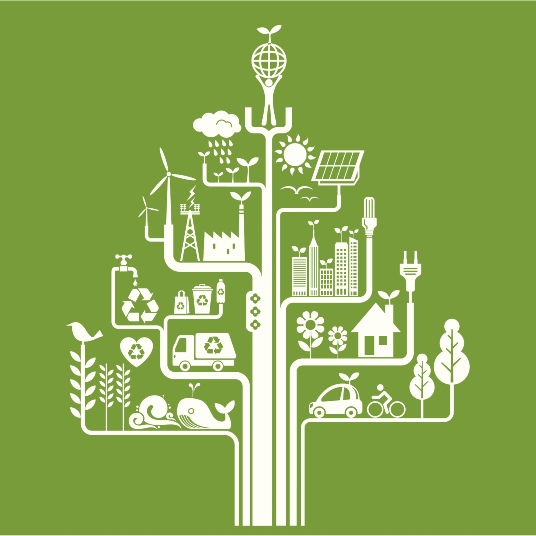What is sustainability?
Find out in this video what sustainability is, its origin and how it can be achieved in each of its essential pillars
You can also listen to the article:
Sustainability reminds us there’s another way of doing things. We can progress as a society while caring for the environment, seeking social justice and creating economic value. Below, we explain the ins and outs of this revolutionary concept.
What will I learn in this article?
What is sustainability?
 Sustainability is concerned with protecting the planet, halting climate change and promoting social development, without endangering life on Earth or leaving anyone behind. This concept seeks to cover our present needs without compromising resources for future generations.
Sustainability is concerned with protecting the planet, halting climate change and promoting social development, without endangering life on Earth or leaving anyone behind. This concept seeks to cover our present needs without compromising resources for future generations.
But what does this mean? Well, the aim is to find out how to sustain our way of living over an undetermined period of time. Because, today, our way of living is unsustainable.
“Protecting the planet, halting climate change and promoting social development”
Remember Earth Overshoot Day? That’s the day marking the moment in the year when we have consumed all the natural resources our planet is capable of generating in a year. If we happened to be sustainable, the date would be, at the earliest, 31 December. In 2021, however, we overshot this limit on 29 July.
In other words, as it stands, we need a planet and a half to survive for one year. We consume many more resources than we should do. And this means that, as well as pressurizing the planet’s biodiversity, we generate more waste and emissions. The result? Rising greenhouse gases in the atmosphere, increasing global warming, and greater exposure to the worst effects of climate change.
Where did sustainability begin?
The current concept of sustainability appeared for the first time in the Brundtland Report published in 1987. Also called Our Common Future, the Brundtland Report, published by the United Nations, was the first to warn of the negative environmental consequences of economic development and globalization, and attempted to offer solutions to problems emerging from industrialization and population growth.
 Decades later, in 2010, the Millennium Development Goals (MDGs) were agreed at the United Nations Summit of the same name. These represented a roadmap for the reduction of hunger and poverty, as well as improved health, education, living conditions, environmental sustainability and gender equality. Objectives the Member States committed themselves to trying to reach by 2015.
Decades later, in 2010, the Millennium Development Goals (MDGs) were agreed at the United Nations Summit of the same name. These represented a roadmap for the reduction of hunger and poverty, as well as improved health, education, living conditions, environmental sustainability and gender equality. Objectives the Member States committed themselves to trying to reach by 2015.
This commitment evolved into the UN’s 2030 Agenda.
Within the UN framework of action to achieve global sustainable development, the 2030 Agenda is an action plan in favor of people, the planet and prosperity, and is also designed to consolidate universal peace and access to justice.
“The 2030 Agenda is an action plan in favor of people, the planet and prosperity”
The program, established by 193 Member States, is based on achieving 17 Sustainable Development Goals, which also include 169 targets covering the economic, social and environmental spheres. Read more about them here.
The 3 pillars of sustainability
 This is the path governments, corporations and other institutions are following in an attempt to achieve the sustainability targets. How? By fulfilling, simultaneously, the three essential pillars: environmental protection, social development and economic growth.
This is the path governments, corporations and other institutions are following in an attempt to achieve the sustainability targets. How? By fulfilling, simultaneously, the three essential pillars: environmental protection, social development and economic growth.
Environmental
Sustainability implies assuming that nature and the environment are not an inexhaustible source of recourses, but subject to protection and rational use.
Factors like environmental conservation, a commitment to renewable energy, saving water, incentivizing mobility, sustainable fashion, innovation in construction and sustainable architecture, all contribute to achieving environmental sustainability from various angles. Actions we can undertake in our daily routines, related to the decisions we take for our lives as a whole.
Social
At the social level, sustainability promotes social development, while seeking cohesion among communities and cultures to reach satisfactory levels of quality of life, healthcare and education. The fight for gender equality is another aspect which will determine social sustainability actions over the years to come.
Economic
Thirdly, sustainability also drives economic growth, generating equitable wealth for everyone without harming the environment.
This pillar includes all kinds of activities - from finance to agriculture, tourism to industry, etc. Investment, and equal distribution of economic resources, will allow development under the other sustainability pillars to be maximized across the board.
Environmental, social and economic sustainability are, as such, closely related. Many of the challenges humans face, like climate change and water scarcity, can only be resolved at the global level and by promoting sustainable development.
Now you know the ins and outs of sustainability, remember: Act in the present, think of the future.
Find out more about sustainable development and the Global Objectives.

